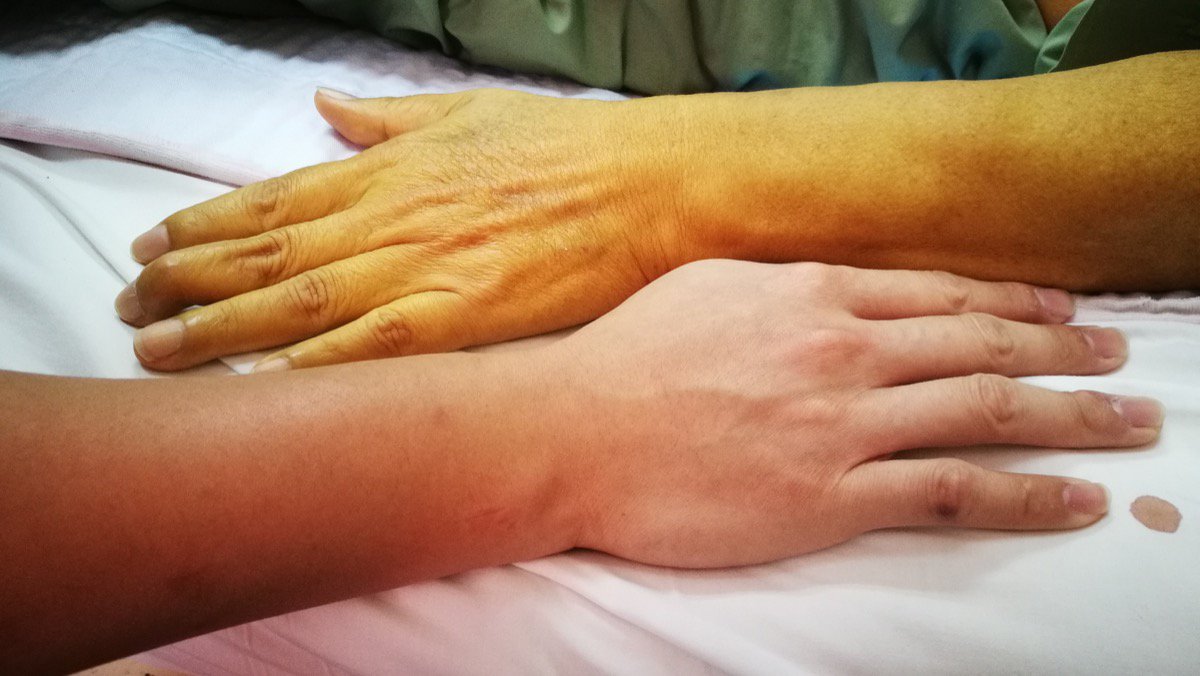Major Symptoms Of Hepatitis C
Hepatitis is a liver disease caused when the hepatitis C virus begins to attack. Some individuals become infected and completely recover, whereas others develop chronic hepatitis C, which often leads to cirrhosis and several other serious complications, including liver failure. Known as a 'silent' disease, symptoms do not often appear until significant damage has occurred. During the initial acute phase, patients may not experience any symptoms at all, however, shortly after the virus attacks, there are a few key signs to be aware of. Once liver damage has occurred, this is generally when more major symptoms develop.
Poor Appetite

Of course, a lack of appetite can be caused by a wide range of factors, including stress and imbalanced hormonal levels. With that being said, when experiencing significant changes to digestion, it's important to take notice. A healthy liver plays a key role in digestion, as bile production is key. In some cases, the liver will not produce enough albumin, a substance that helps regulate the amount of fluid in cells, resulting in a loss of appetite as well as nausea. These symptoms may also occur right after being infected, as individuals often experience flu-like symptoms for a few weeks, including a fever.
Jaundice

In severe cases, liver damage (including damage due to hepatitis C) is often associated with jaundice, which is the yellowing of skin and eyes. Although changes in skin, hair, and nail health may be due to poor hemoglobin function, bilirubin is a key concern. This is a substance found in hemoglobin and when the liver is not functioning properly, levels start to accumulate, resulting in the yellow coloration associated with jaundice. When bilirubin builds, changes in the skin aren't the main area of concern. When this occurs, red blood cells, as well as several organs are immediately at risk. In fact, both urine and stool samples can tell a lot about an individual's condition as urine may be dark and stools become lighter in color.
